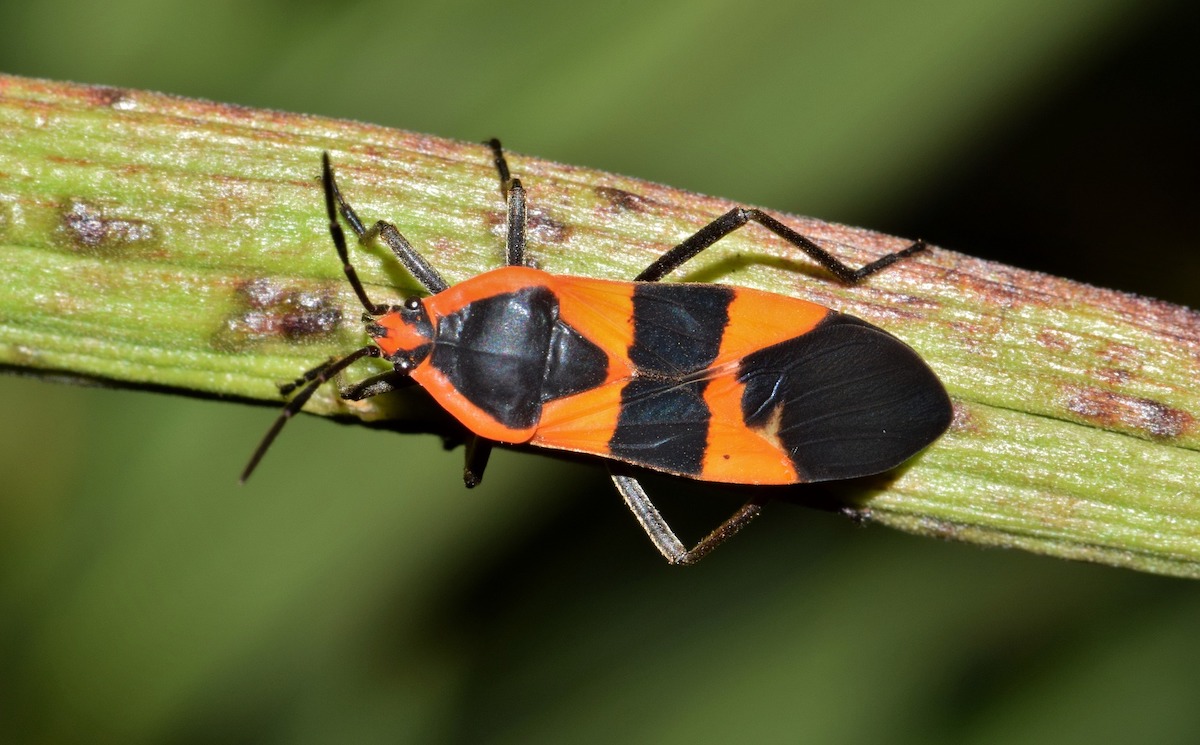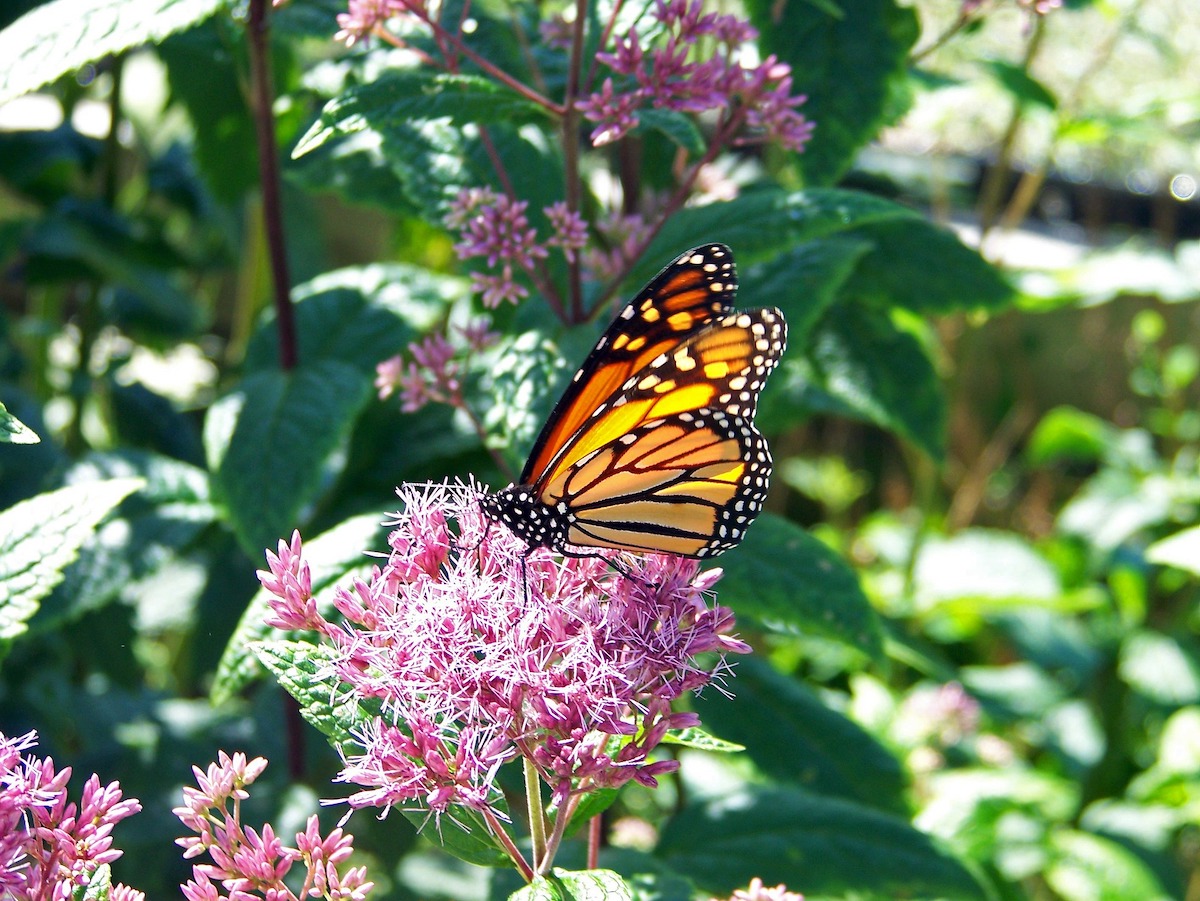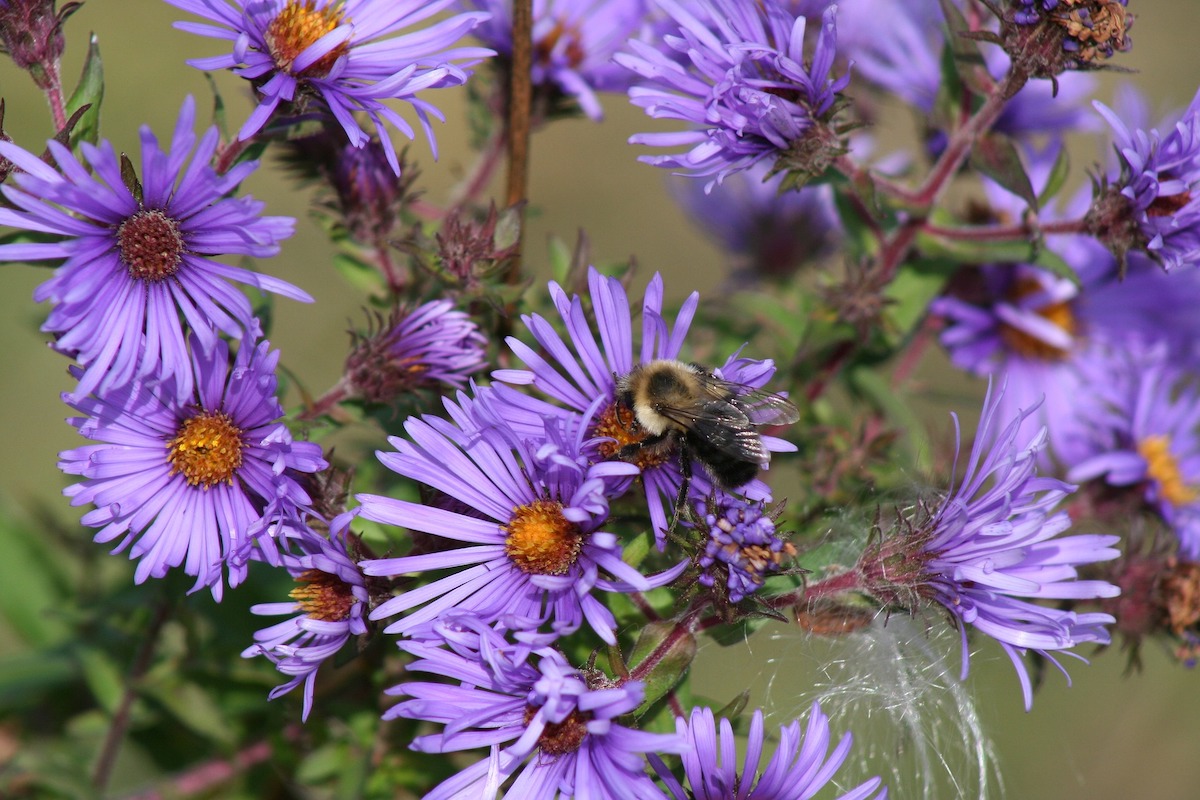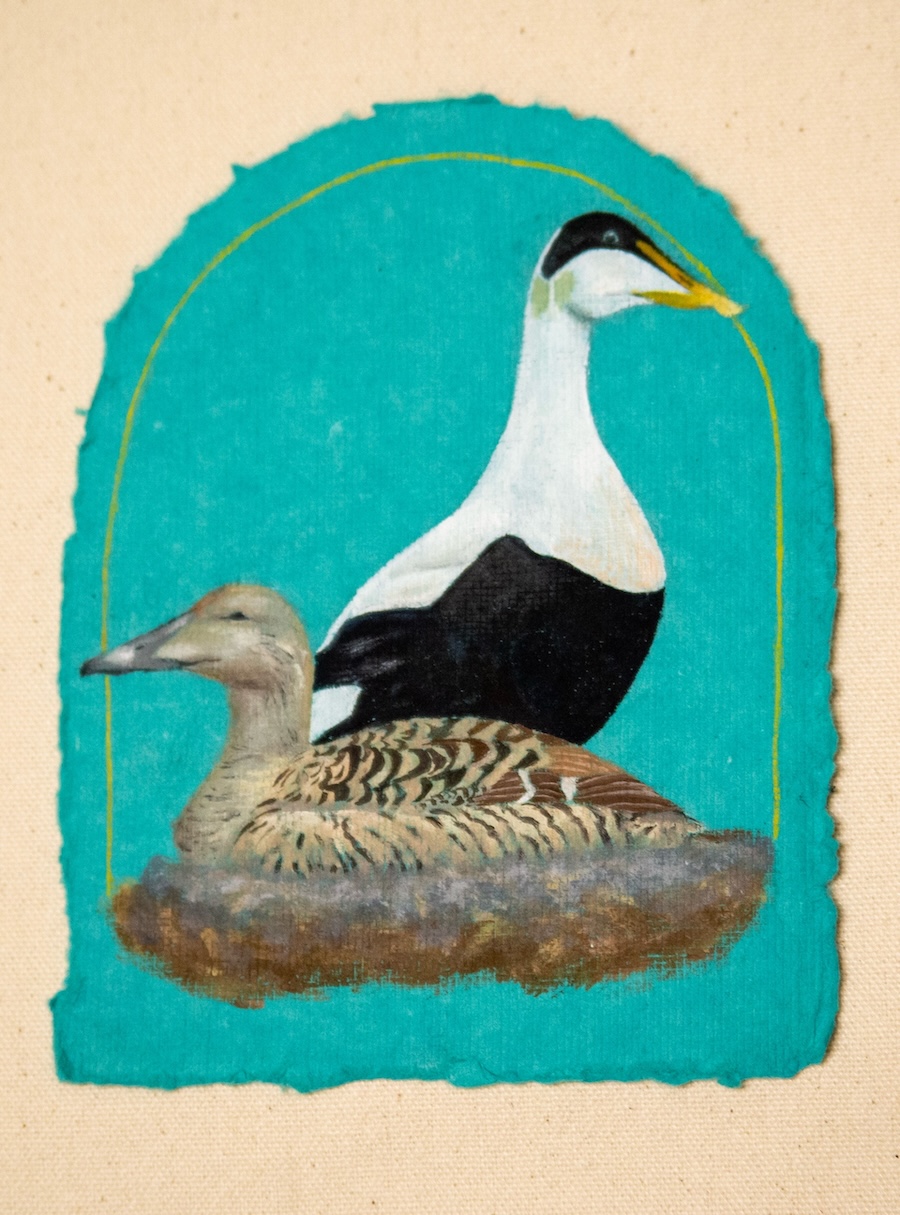Biologist Patty Jones Receives NSF Grant to Uncover Milkweed's Mysterious Chemistry
By Rebecca GoldfineThe milkweed plant has a difficult task. It must make itself irresistible to the insects that aid it, like pollinators; yet, it also needs to be dangerously toxic to the hungry insects that threaten to destroy it.
How the milkweed ends up accomplishing this balancing act—through what artful chemistry—is the subject of a new investigation by Assistant Professor of Biology Patty Jones and her research partner, Anurag Agrawal, of Cornell University.
The two scientists just received more than $500,000 from the National Science Foundation to uncover the complexity of interactions between milkweed, a native plant of North America, and the many insects that depend on it for sustenance, like bumblebees and monarch butterflies, whose numbers are plummeting due to threats from development, pesticides, and climate change.
The more scientists like Jones and Agrawal learn about the ecology that supports insects—and all the organisms that depend on insects—the better equipped they and others are to suggest or advance policies that can benefit animals and plants.
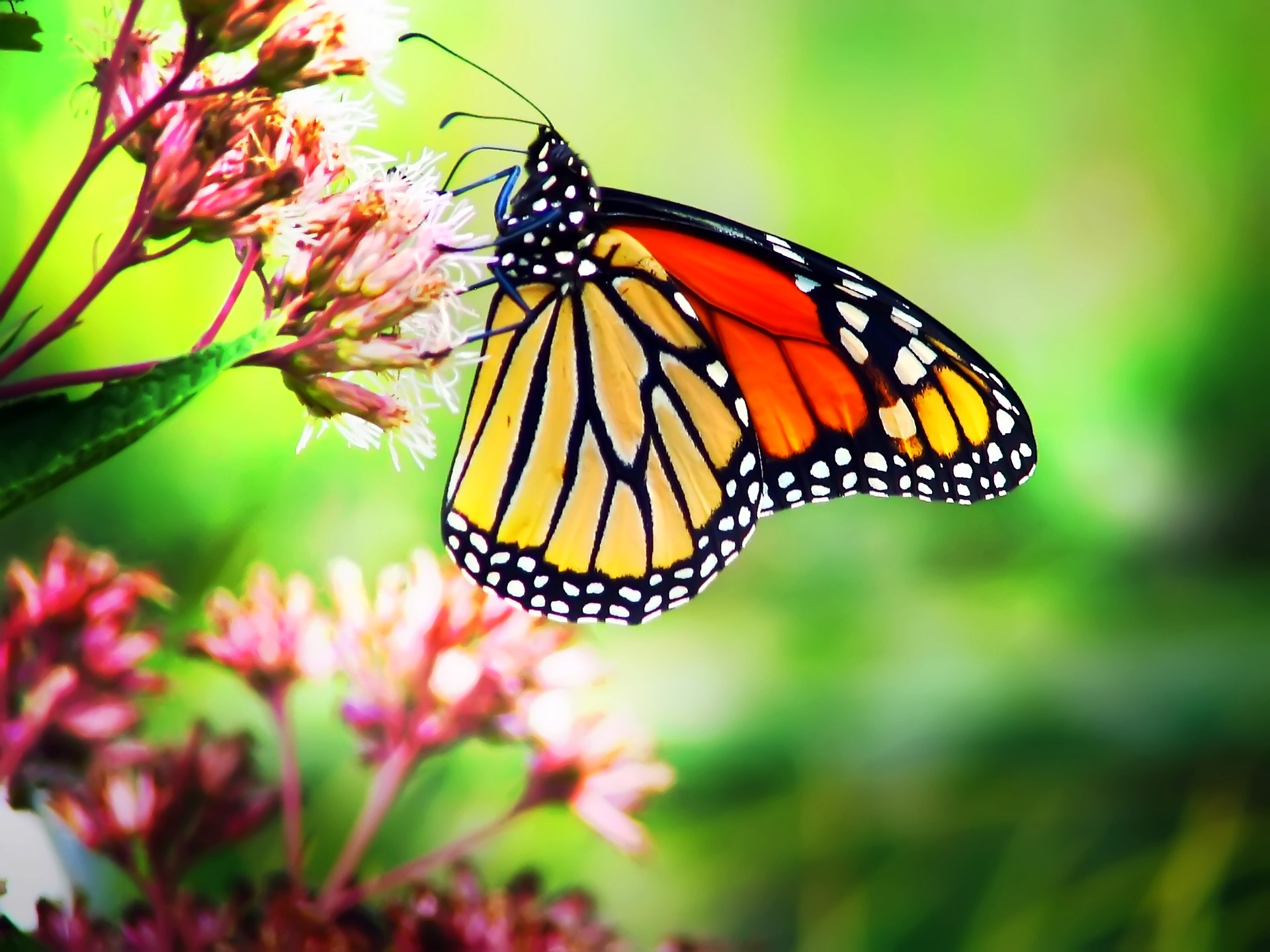
Special poisons for special insects
To deter its predators, milkweed produces toxins—or cardenolides—that circulate throughout its roots, stem, leaves, and seeds.
But evolution happens. Many of the insects that like this milky plant with silky pods have adapted to tolerate its toxins, at least in smallish amounts.* In the ongoing "arms race" between milkweed and its herbivores, the herbivores appear to have developed an advantage.
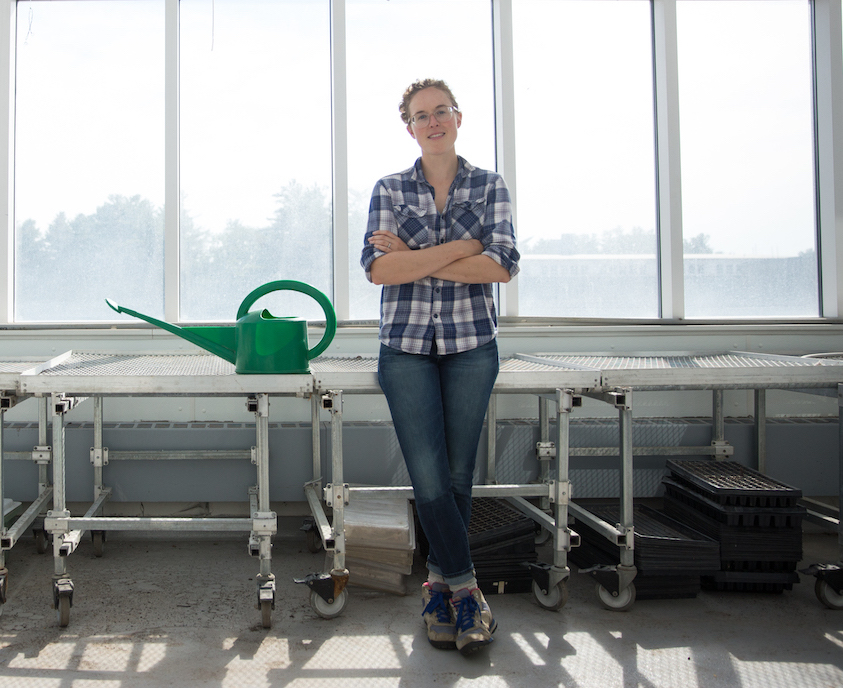
Nonetheless, the milkweed is putting up a good fight—one that is possibly more complex and nuanced than previously understood. Jones's and Agrawal's NSF grant will allow them to investigate an intriguing quality they have observed in milkweed's defense systems. The amount of cardenolide toxin varies throughout the plant, as does the chemistry of the cardenolides themselves. Jones and Agrawal suspect that milkweed has specialized its toxins in this way to work most effectively against the specific insects that target different areas of the plant.
"There are different guilds of insects that eat different parts of the plant," Jones said. Beetle larvae feast on the roots. Caterpillars eat leaves. Other insects prefer the seeds.
While this partitioning strategy might be widely adopted by many plants as a way to most efficiently use their resources, milkweed is an ideal plant system to explore the tactic, according to Jones, because it has a diversity of toxins and a diversity of insects that interact with it. This includes insects that are beneficial to the plant, ones it definitely does not want to poison, like pollinators.
Jones specializes in pollinators, such as wasps and bumblebees, and she will use her portion of the NSF funding to explore bumblebee interactions with milkweed.
Nectar in plants must be sweetly enticing to attract the insects that will drink it and simultaneously spread the plant's pollen. So, while milkweed wants to have poison coursing through its vulnerable parts, it should, in theory, not want toxins in its nectar. Yet, cardenolides are in its nectar, and Jones wants to know why.
It's possible the nectar cardenolides are just an accidental byproduct of the toxin circulating throughout the plant system, Jones speculated. But they may serve another purpose.
One possibility is that the toxin acts like an antimicrobial agent, preventing degradation of the nectar. Or, because the milkweed wants to attract bumblebees and wasps but not monarch butterflies—which lay eggs on the plants that turn into hungry caterpillars—it may be specializing its nectar in some way.
Jones wants to see if the nectar's small amount of toxin actually attracts bumblebees. "It's possible that bees will prefer toxic compounds, even when you think they should be avoiding them," she said. One theory she'd like to explore is whether bees could be self-medicating by ingesting small amounts of toxic nectar to kill off fatal gut parasites, which are thought to be one of the reasons behind their decline.
Though she and Agrawal are doing basic science for its own sake, to lay the foundation for "knowledge that transforms the future," as the NSF says, there could be short-term practical outcomes.
"I am curious about nature, and how systems work," Jones said about her overall motive. In this experiment specifically, "we're trying to understand the arms race between plants and insects, and that always has components that are interesting and relevant to agriculture," she said, including the use of chemicals.
*It is easy to see which insects have developed an adaptation to tolerate some of milkweed's cardenolides, because they are often a beautiful orange color. "All these milkweed insects are gorgeous," Jones said. "A lot of them are orange because a lot of them sequester milkweed toxins into their own tissues for their own defense as protection against bird predators."
